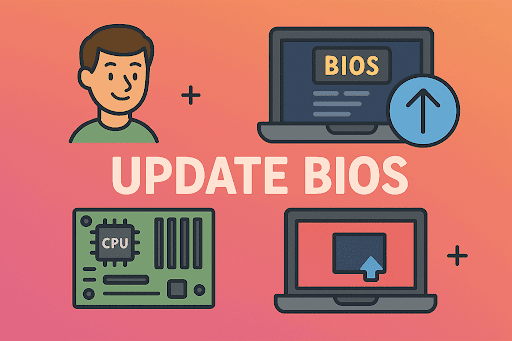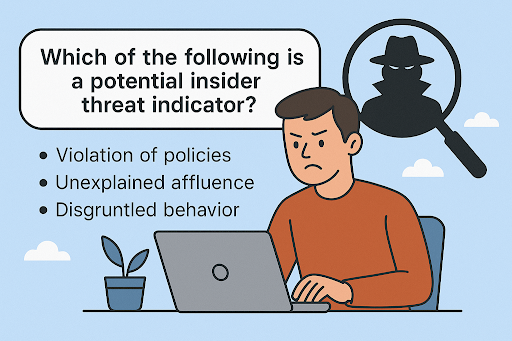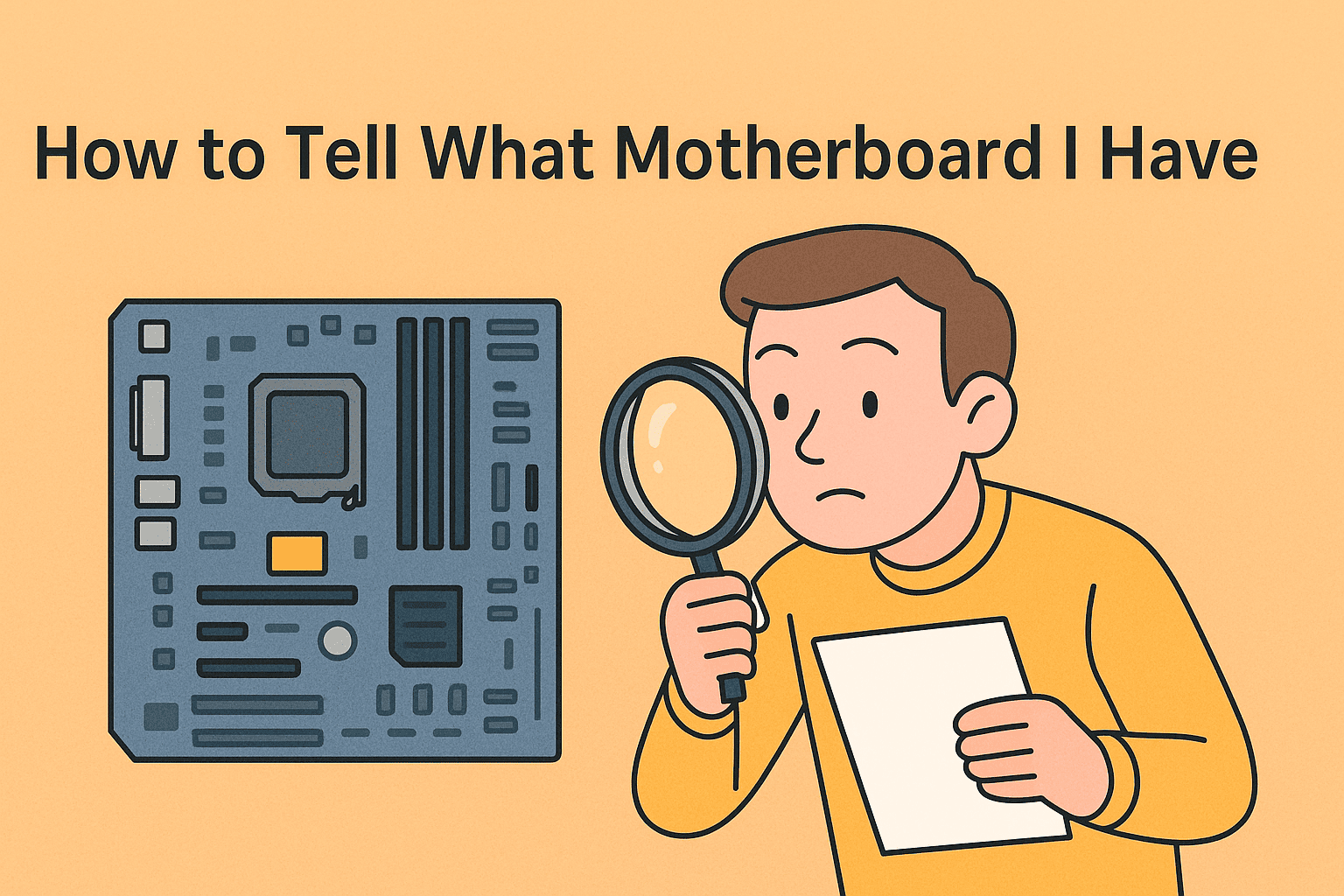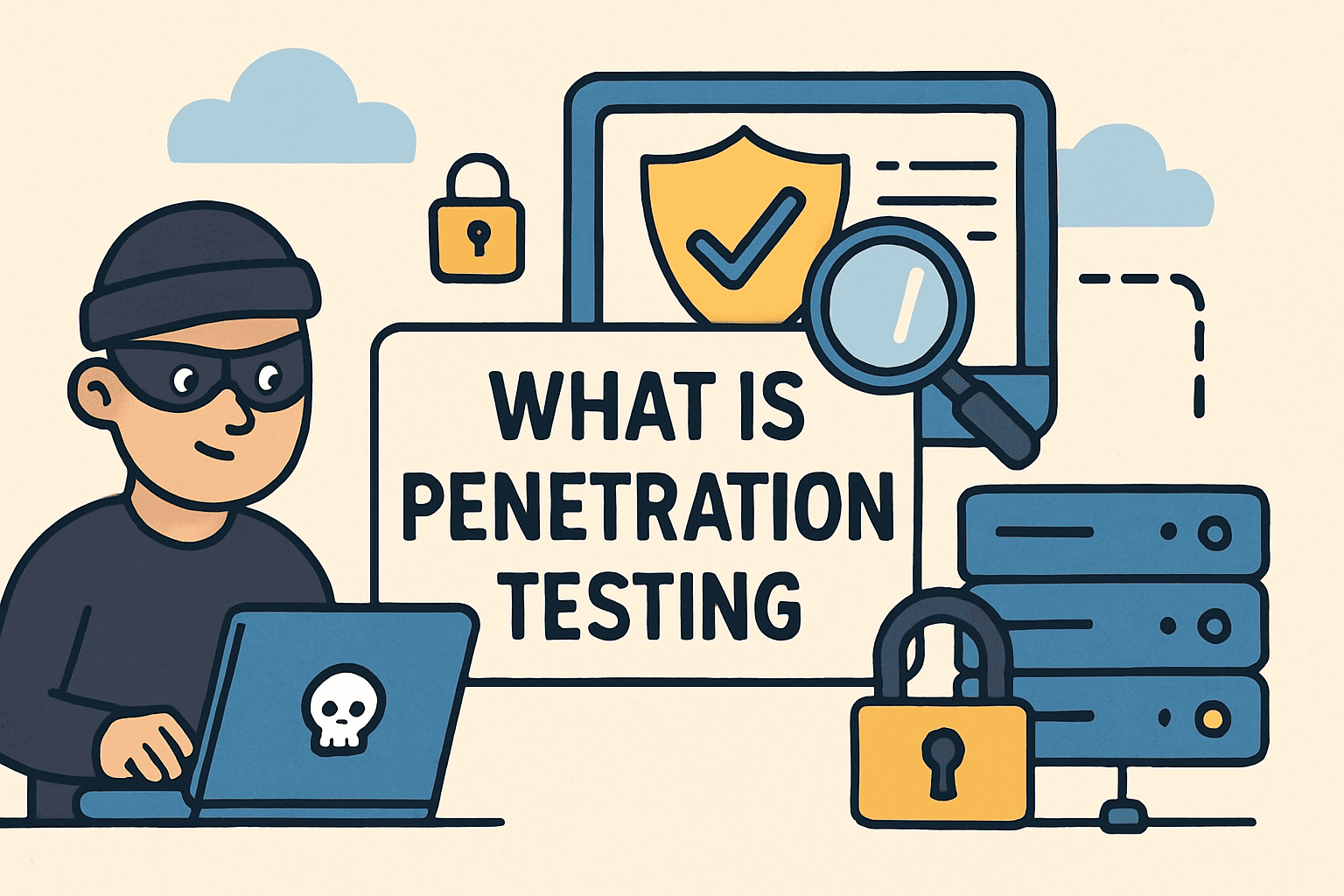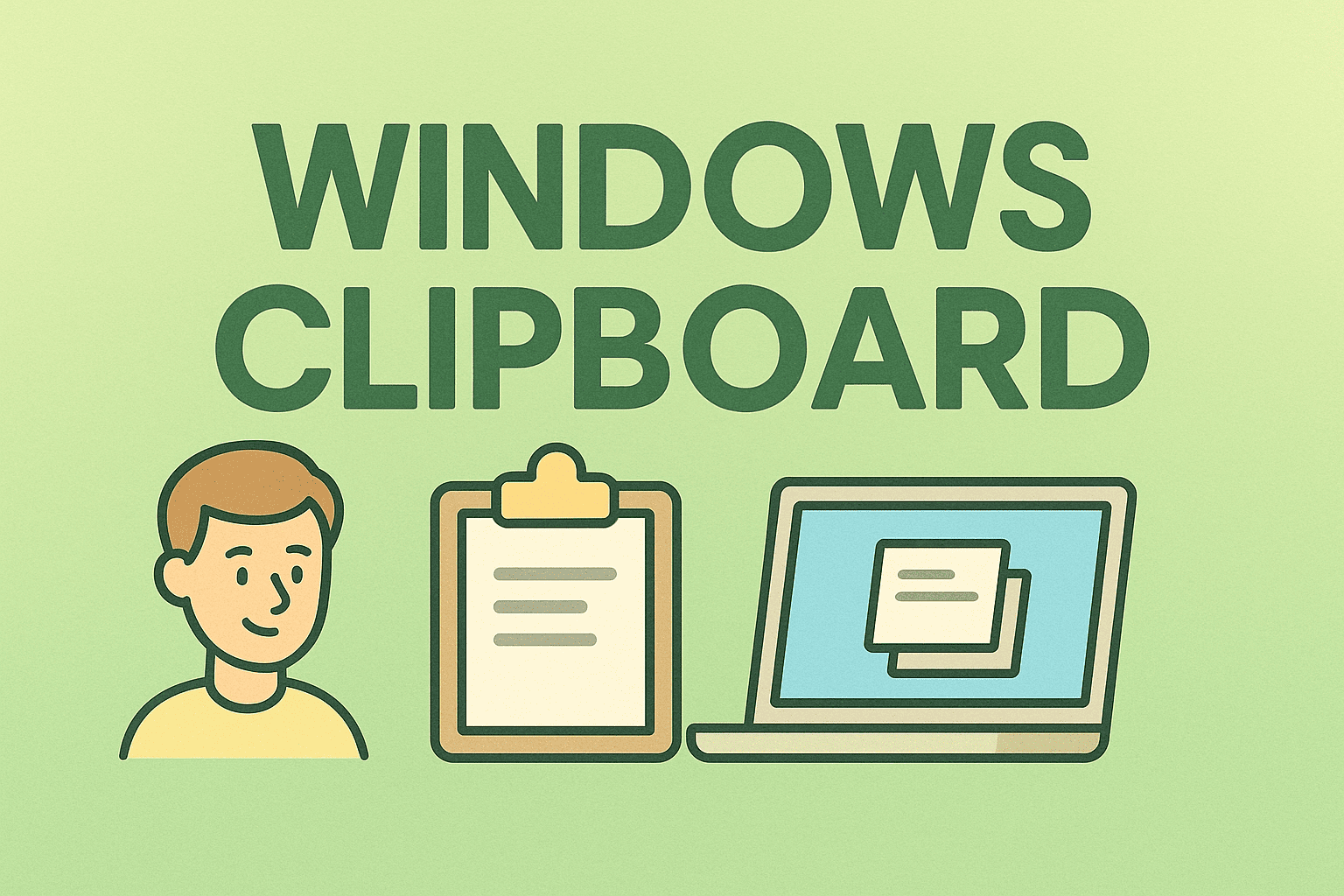Downloading ChromeDriver for Secure and Efficient Automation
Updated on September 11, 2025, by ITarian
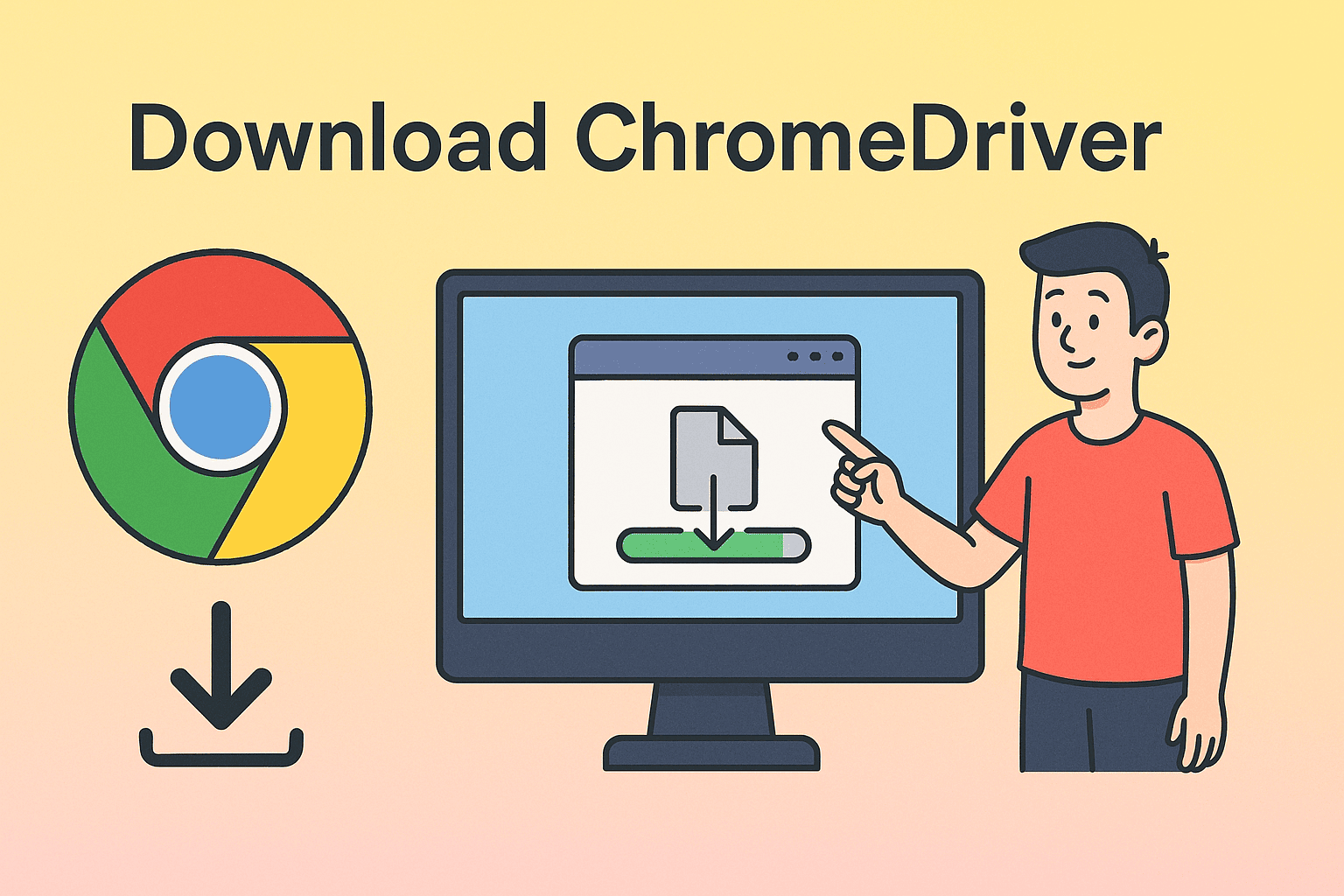
If you work with web automation, testing frameworks like Selenium, or enterprise IT workflows, you’ve likely come across ChromeDriver. But the common question remains: how to download ChromeDriver correctly and securely?
ChromeDriver is a separate executable that enables automated control of the Chrome browser. For IT managers, cybersecurity professionals, and developers, installing it properly ensures not only smoother workflows but also stronger security practices. In this guide, we’ll walk through everything—from downloading and installing ChromeDriver to maintaining it securely in enterprise environments.
What is ChromeDriver and Why Is It Important?
Understanding ChromeDriver
ChromeDriver acts as a bridge between Selenium WebDriver and Google Chrome. It translates automation scripts into browser actions such as clicking buttons, filling forms, or validating page loads.
Why It Matters for Professionals
- Automation Testing: Essential for running Selenium test suites.
- Cybersecurity Monitoring: Automating security scans or browser-based tests.
- IT Management: Streamlining repetitive tasks like login validations.
- Cross-Browser Consistency: Ensures test environments align with Chrome’s latest updates.
How to Download ChromeDriver
Downloading ChromeDriver requires matching the driver version with your Chrome browser version. Here’s how to do it.
Step 1: Check Your Chrome Version
- Open Google Chrome.
- Click the three dots menu → Help → About Google Chrome.
- Note the version number (e.g., 118.0.5993.120).
Step 2: Go to the Official ChromeDriver Page
- Navigate to the official Chromium ChromeDriver site: https://sites.google.com/chromium.org/driver/.
- Select the release that matches your Chrome version.
Step 3: Download ChromeDriver
- Choose the appropriate OS: Windows, macOS, Linux.
- Download the .zip file.
- Extract it and store the chromedriver executable in a safe location.
Step 4: Add ChromeDriver to System Path
- Windows: Add ChromeDriver’s folder to the PATH environment variable.
- Mac/Linux: Move it to /usr/local/bin/ or update your .bashrc/.zshrc PATH.
Best Practices for Installing ChromeDriver
1. Verify Integrity
Always download from the official Chromium repository. Avoid third-party sites that may inject malware.
2. Match Versions Exactly
If ChromeDriver and Chrome versions don’t align, your automation scripts may fail.
3. Automate Updates
Use scripts or package managers (like Homebrew for Mac) to ensure the driver updates with Chrome.
4. Secure Permissions
On shared IT systems, limit ChromeDriver execution permissions to avoid unauthorized automation.
Advanced ChromeDriver Configuration
Running in Headless Mode
Cybersecurity analysts often run tests in headless Chrome to save resources. This can be set via Selenium scripts:
from selenium import webdriver
from selenium.webdriver.chrome.options import Options
options = Options()
options.headless = True
driver = webdriver.Chrome(options=options)
Using ChromeDriver with Proxies
For penetration testing or controlled environments, configure ChromeDriver to work through proxy servers.
Logging & Debugging
ChromeDriver logs provide insights into browser automation failures—crucial for IT troubleshooting.
Security Considerations with ChromeDriver
Risks
- Outdated versions can expose vulnerabilities.
- Unauthorized scripts may run malicious automation tasks.
Mitigation Strategies
- Update ChromeDriver alongside browser updates.
- Restrict usage to trusted user groups.
- Monitor ChromeDriver activity in security logs.
Troubleshooting Common ChromeDriver Issues
Error: “Session Not Created”
Cause: ChromeDriver and Chrome version mismatch.
Fix: Download the correct driver release.
Error: “Executable Needs to Be in Path”
Cause: ChromeDriver not added to PATH.
Fix: Update system environment variables.
Automation Freezes
Cause: Incompatible driver flags or extensions.
Fix: Run with –disable-extensions flag.
Enterprise Use Cases
- Automated Security Testing
- Use ChromeDriver with Selenium to test authentication, session handling, and XSS vulnerabilities.
- Data Collection & Monitoring
- IT teams can automate reporting dashboards or compliance checks.
- Standardized Deployment
- Deploy ChromeDriver across endpoints using MDM tools for consistency.
FAQs
1. How do you download ChromeDriver safely?
Always download from the official Chromium project page to avoid compromised executables.
2. Do I need admin rights to install ChromeDriver?
Yes, on Windows/macOS, admin rights are often required to add it to PATH.
3. Can I run ChromeDriver on servers without a GUI?
Yes, using headless mode or virtual display managers like Xvfb on Linux.
4. How often should I update ChromeDriver?
Every time Chrome updates significantly, ensure ChromeDriver is updated too.
5. Can ChromeDriver be used for malicious purposes?
Yes, which is why IT managers must restrict and monitor its use.
Conclusion
Learning how to download ChromeDriver is more than just a developer’s task—it’s a vital part of secure, automated, and efficient IT operations. For cybersecurity teams and IT managers, ensuring safe deployment minimizes risks while boosting productivity.
From installation and configuration to enterprise security practices, ChromeDriver is an indispensable tool—when used responsibly.
Get Started with Secure IT Automation
If you want to streamline IT management, improve endpoint security, and automate workflows securely, now is the time.
Sign up with Itarian and take control of your IT environment today.


